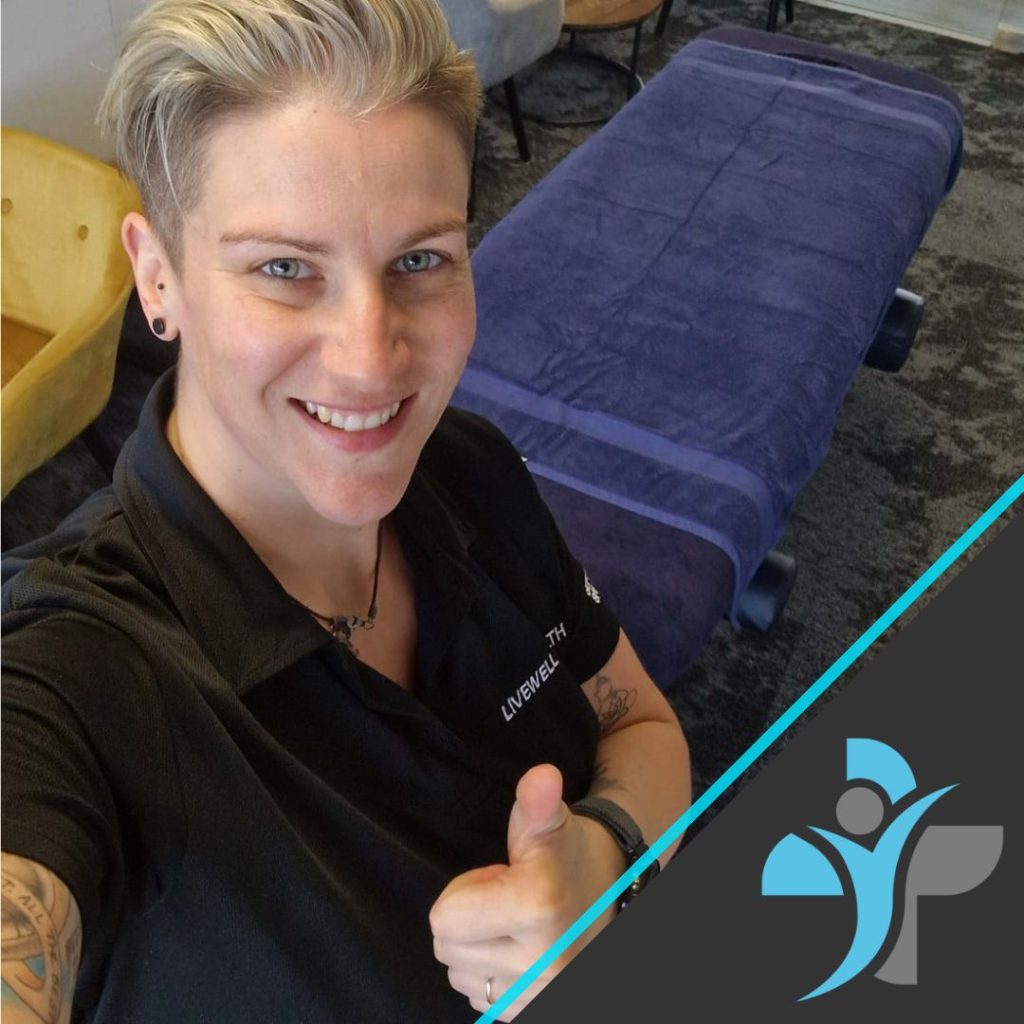Can Massage Help with Arthritis?
Arthritis is a common condition in the UK, affecting around 1 in 6 people. This condition can severely impact daily life by causing symptoms such as pain, stiffness, loss of flexibility, swelling, and restricted movement. For many, the pain caused by arthritis is chronic and can make even simple tasks difficult. As a result, people living with arthritis often seek out various methods of pain management and relief. One such method that is gaining attention is massage therapy. But can massage really help with arthritis? Let’s explore.
What is Arthritis?
Arthritis is a condition that causes inflammation and stiffness in the joints. Over time, this can lead to decreased mobility and a significant amount of discomfort. The severity of arthritis symptoms varies from person to person, ranging from mild aches to debilitating pain. This can make it challenging for individuals to carry out everyday activities, from walking to simply holding objects.
The pain, stiffness, and swelling associated with arthritis mean that sufferers must manage their symptoms to maintain a reasonable quality of life. While medications and lifestyle changes are commonly recommended, complementary therapies like massage have been explored as a way to alleviate some of the discomfort.
The Different Types of Arthritis
There are several types of arthritis, each with its own causes and symptoms. The most common types include osteoarthritis, rheumatoid arthritis, and gout.
- Osteoarthritis
Osteoarthritis is a degenerative joint disease that worsens over time. As the cartilage in the joints wears down, chronic pain and stiffness occur. Massage can be beneficial for people with osteoarthritis by decreasing swelling, alleviating pain, and improving joint mobility. This can help relieve some of the tension in the affected areas, making daily movement less painful. - Rheumatoid Arthritis
Rheumatoid arthritis is an autoimmune disease that often starts in smaller joints like the fingers and toes before spreading to larger ones. This condition can cause a wide range of symptoms, from mild pain to feelings as severe as a sprain or broken bone. Massage for rheumatoid arthritis can help improve blood circulation through the affected joints, reduce swelling, and ultimately enhance the quality of life. By increasing circulation and mobility, massage can bring temporary relief to those suffering from rheumatoid arthritis. - Gout
Gout is another form of arthritis that causes painful swelling, often in the feet, and is typically treated with anti-inflammatory medication. However, massage can also play a role in managing gout by helping reduce pain and keeping the condition in remission. Massage therapy, when combined with traditional treatment, can contribute to fewer painful flare-ups and better overall management.
What to Expect from a Massage for Arthritis?
Massage for arthritis must be approached with caution, especially if the individual is experiencing an inflammatory flare-up, has severe osteoporosis, high blood pressure, a fever, or varicose veins. Always communicate openly with your massage therapist about your pain levels to ensure the pressure used is appropriate and comfortable.
Massage for arthritis focuses on reducing pain and stiffness in the joints. The applied pressure stimulates the body’s circulation, which can help decrease swelling in affected areas. Over time, this may improve joint flexibility and movement.
Additionally, massage provides mental benefits, as living with arthritis can be stressful and anxiety-inducing. A relaxing massage can help reduce anxiety and improve sleep, which is often disrupted by chronic pain.
Conclusion
Massage therapy can offer physical and mental relief for people suffering from arthritis. By reducing pain, improving circulation, and decreasing stiffness, it can make living with arthritis more manageable. While it is not a cure, massage can serve as a valuable tool in a comprehensive treatment plan for arthritis. However, it’s important to consult with your healthcare provider and massage therapist to ensure it’s safe for your specific condition.
For more information, or to book with one of our massage therapists today, contact us at 0330 043 2501, info@livewellhealth.co.uk, or visit our website at LiveWell Health.







